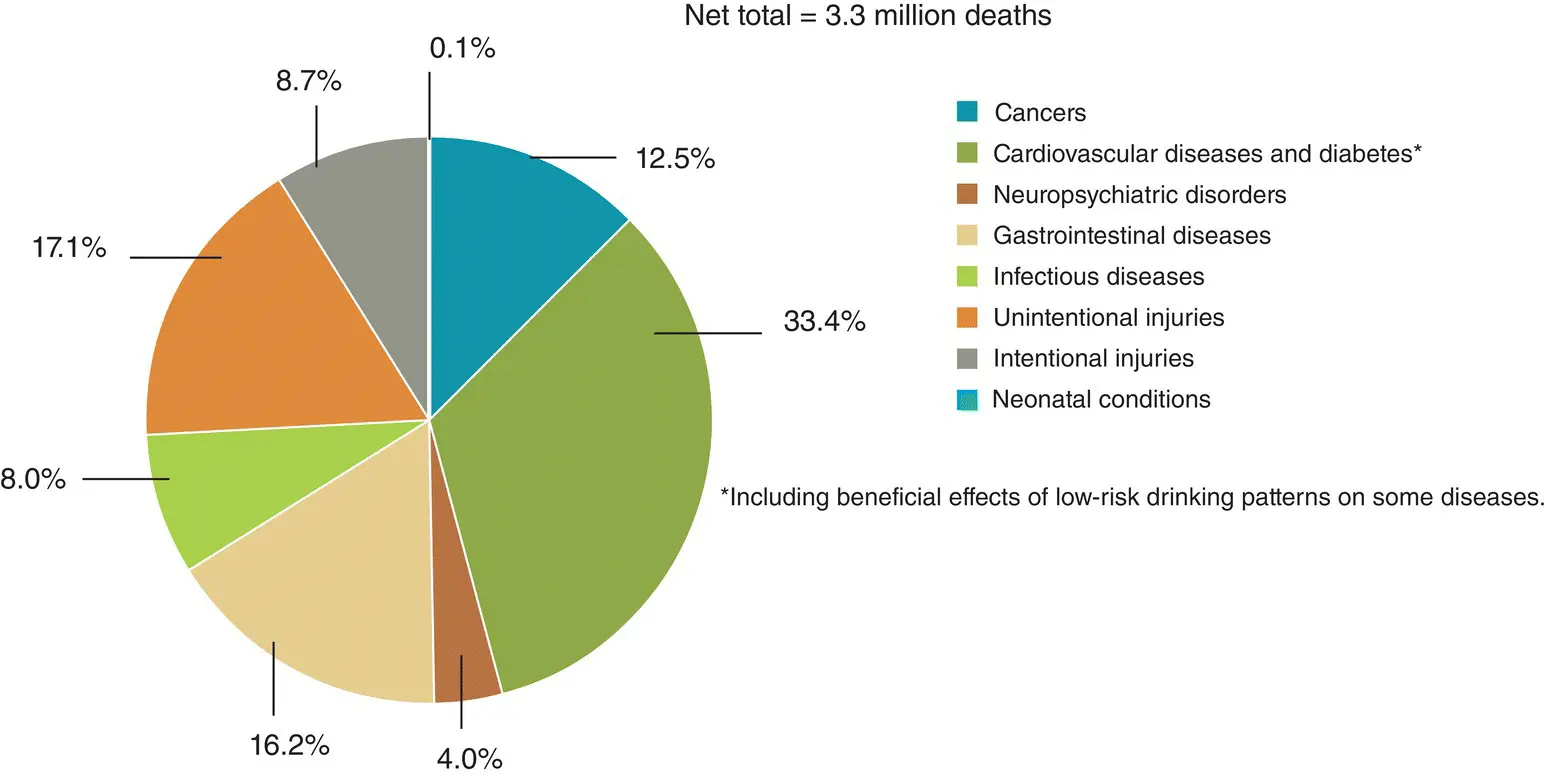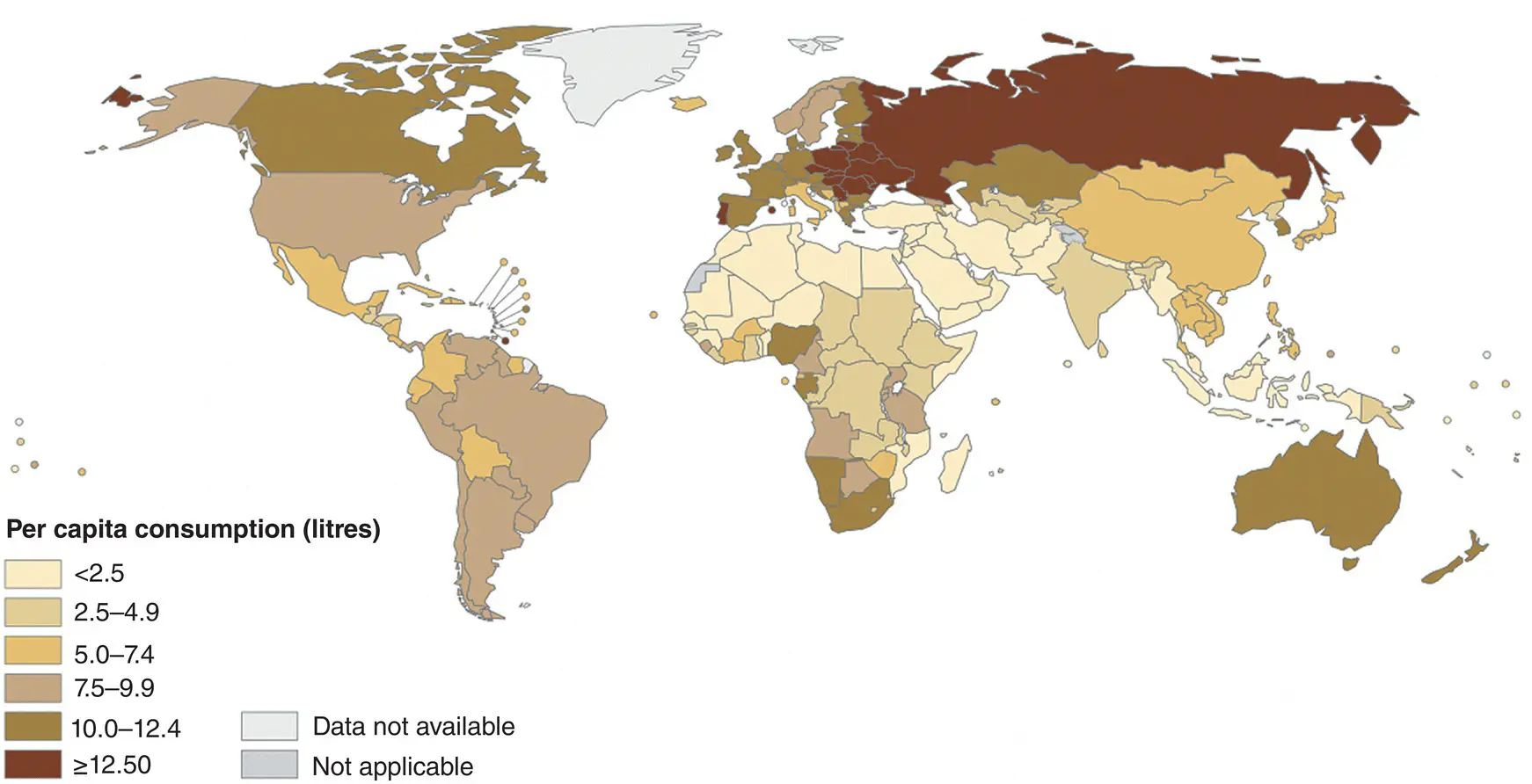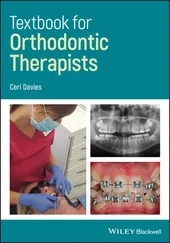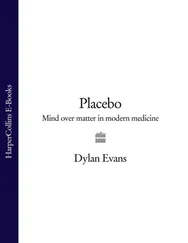Smoking is the leading risk factor of cancer-specific deaths; it accounts for more than 20% of the global annual cancer-induced mortality.
Tobacco use has been shown to have a causal relationship with the incidence of a variety of other chronic diseases, like stroke, CHD, T2DM, respiratory diseases, and impaired immune function. Smokers have 2–25 times higher risk for developing CHD and stroke when compared to nonsmokers. Smoking causes overall health deterioration, increases the number of days off from work, and increases health‐care utilization and cost. Quitting smoking can lead to important benefits in terms of longevity and mortality risk, especially for those who quit smoking early. Finally, it has been shown that heavy smokers live an unhealthier lifestyle compared to those who do not smoke, which usually includes sedentary lifestyle, excessive alcohol intake, and poor dietary habits.
Quitting smoking can lead to important benefits in terms of longevity and mortality risk, especially for those who quit smoking early.
Excessive alcohol intake has been recognized as a causal factor for more than 200 major types of diseases, injuries, and other health conditions – CVDs, T2DM, cancers, and gastrointestinal diseases, including liver cirrhosis and mental and behavioral disorders, as well as unintentional or intentional injuries. Figure 3.5shows the distribution of alcohol‐attributable deaths in 2012, by broad disease category.
According to the US dietary guidelines issued in 2015, excessive alcohol consumption may include binge drinking (i.e., 4 or more drinks for women and 5 or more drinks for men within 2 hours) or heavy drinking (i.e., 8 or more drinks a week for women and 15 or more drinks a week for men) with an alcoholic drink‐equivalent defined as 14 g (0.6 fl oz) of pure alcohol. Examples of one alcoholic drink‐equivalent include 12 fluid ounces (~355 ml) of regular beer (5% alcohol), 5 fluid ounces (~148 ml) of wine (12% alcohol), or 1.5 fluid ounces (~45 ml) of 80 proof distilled spirits (40% alcohol).
Alcohol‐related health effects are associated with the volume of alcohol consumed and the pattern of drinking. For most alcohol‐related diseases, there is a dose–response relationship, which means that the higher the consumption of alcohol the higher the risk for disease development. The drinking pattern, reflecting the way people consume alcohol, may be equally important as to the amount consumed. Heavy episodic drinking or binge drinking, i.e., 60 or more grams of pure alcohol on at least one single occasion at least monthly, is an indicator of the pattern of alcohol consumption associated with detrimental health consequences.
Alcohol-related health effects are associated with the volume of alcohol consumed and the pattern of drinking.

FIGURE 3.5 Distribution of alcohol‐attributable deaths, as a percentage of all alcohol‐attributable deaths by broad disease category, 2012.
Source:Reprinted with permission from WHO Library Cataloguing‐in‐Publication Data Global status report on alcohol and health – 2014 ed.

FIGURE 3.6 Patterns of drinking score (15+ years), 2010.
Source:Reprinted with permission from the WHO Library Cataloguing‐in‐Publication Data Global status report on alcohol and health – 2014 ed.
Countries with high per capita adult alcohol consumption, but with the least risky patterns of drinking, are in Southern and Western Europe, whereas the riskiest patterns of drinking are found in the Russian Federation, South Africa, Ukraine, Kazakhstan, and Mexico ( Figure 3.6); half of all countries worldwide have a drinking pattern of intermediate risk.
People respond to life stresses in a variety of ways that may cause adverse health effects, especially when their reaction is fierce and violent. According to the American Psychological Association (APA), stressful circumstances hold the potential to affect several systems in the human body in a harmful way.
Neck and head muscle tension has been linked to tension-type experiences and migraine headaches.
Under stressful conditions muscles are strained in an attempt to repel stress. However, chronic stress renders muscles constantly tensed, which in turn can lead to other abnormalities – neck and head muscle tension has been linked to tension‐type experiences and migraine headaches. It has been suggested that stress relaxation techniques can ease tensed muscles, reduce the occurrence of impairments linked to stress, and enhance the feeling of wellness and well‐being.
Stressful circumstances hold the potential to affect several systems in the human body in a harmful way.
Under stressful conditions, breathing becomes harder. This change can prove burdensome for people with chronic respiratory disorders, such as asthma. However, stress can also induce asthma attacks in people free of respiratory diseases and panic attacks among vulnerable people. Furthermore, psychological stress has been shown to increase heart rate, mainly due to increased secretion of stress hormones, such as adrenaline, noradrenaline, and cortisol. Thus, being under constant stress may result in aggravated heart function; in the long term, this condition may cause hypertension, CHD, or stroke.
Being under constant stress may result in aggravated heart function.
Stressful experiences can trigger an inflammatory response, mainly in the coronary arteries, which is thought to be one of the mechanisms for the development of heart diseases. The way people cope with stress may affect blood cholesterol levels, which is also related to CVD events. Finally, stress hormones enhance hepatic glucose production and induce insulin resistance. Repeated stressful experiences can also cause disturbances in the gastrointestinal tract, the nervous system, and the male and female reproductive systems.
Lifestyle‐Induced Epigenetic Alterations and NCD Risk
As mentioned in Chapter 2, the genetic background plays an important role in the development of several degenerative diseases. Nevertheless, the expression of genes that gives a variety of phenotypes linked to chronic diseases can be influenced by factors other than heritability. These factors and processes may be of developmental nature, occurring both in utero and during childhood, they may be chemicals found in the environment, drugs and/or pharmaceuticals, or caused by the aging progress and poor dietary habits ( Figure 3.7). Provided that these parameters do not alter the DNA sequence but only the way genes act and are expressed, they are thought to exert an additional effect on the conventional genetic inheritance, thus characterized as epigenetic mechanisms – with the prefix epi‐ deriving from the Greek prefix επÌ‐ meaning over, outside of, around.
The term epigenetic mechanisms refers to the parameters involved in the modifications of gene regulation, including DNA methylation, histone modifications, and RNA‐based mechanisms. Nutrigenomics is the epigenomics sector focusing on the effects of food and food constituents on gene expression. For example, adoption of a Mediterranean diet pattern rich in olive oil for 3 years can reduce the detrimental effects of the risk variant of the IL‐6 gene, associated with weight gain, among middle‐aged and older persons with high CVD risk. Compared to the noncarriers and those heterozygous for the risk allele of the IL‐6 gene, the homozygous ones had higher adiposity indexes pre‐intervention, but after three years on the Mediterranean diet rich in olive oil, they appeared to have the most weight loss.
Читать дальше














